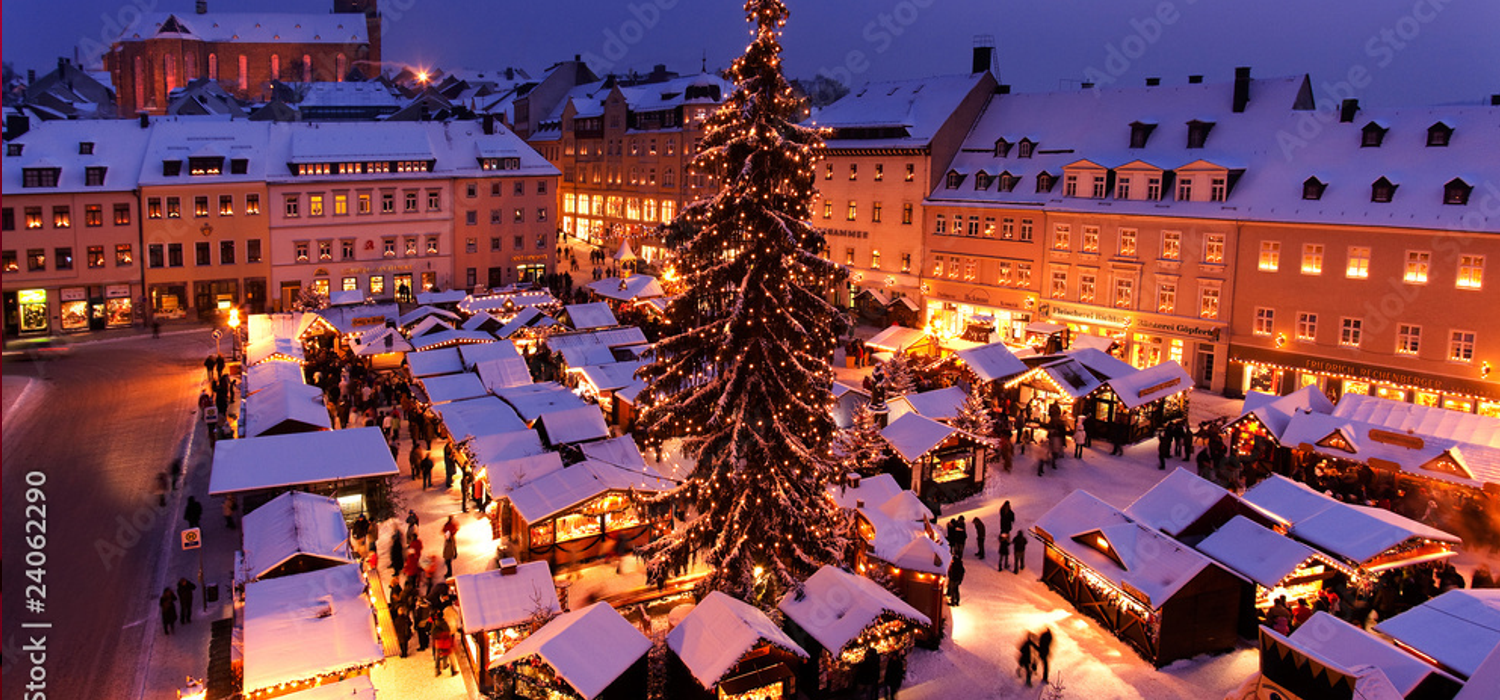
The history of Annaberg-Buchholz is closely linked to mining. As early as the 12th and 13th centuries, Franconian farmers settled in the then densely forested Erzgebirge. The first written mentions of today's districts date back to 1397. Silver mining led to rapid growth and made Annaberg the second largest town in Saxony in the 16th century. Famous personalities such as the arithmetician Adam Ries left their mark on the town's history.
In the 19th century, Annaberg-Buchholz experienced an economic boom thanks to the textile industry. The introduction of freedom of trade and the construction of the railroad connection to Chemnitz and Bohemia promoted industrial development. Annaberg and Buchholz became centers of trimmings production, whose products were exported worldwide.
The town is rich in cultural treasures. St. Anne's Church, a late Gothic hall church, is its landmark. Visitors can experience the mining tradition up close in the three visitor mines and in the Frohnauer Hammer, a historic hammer mill. The Erzgebirge Museum with its visitor mine offers insights into the town's history and silver mining. A special highlight is the Annaberg Christmas market, which reaches its festive climax with one of the world's largest mining parades on the fourth Sunday in Advent.
































